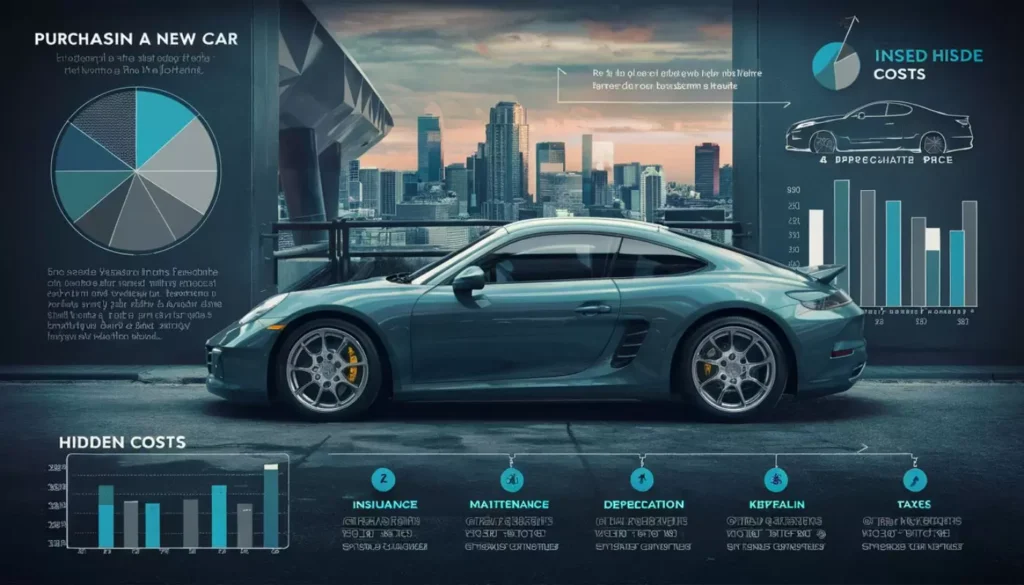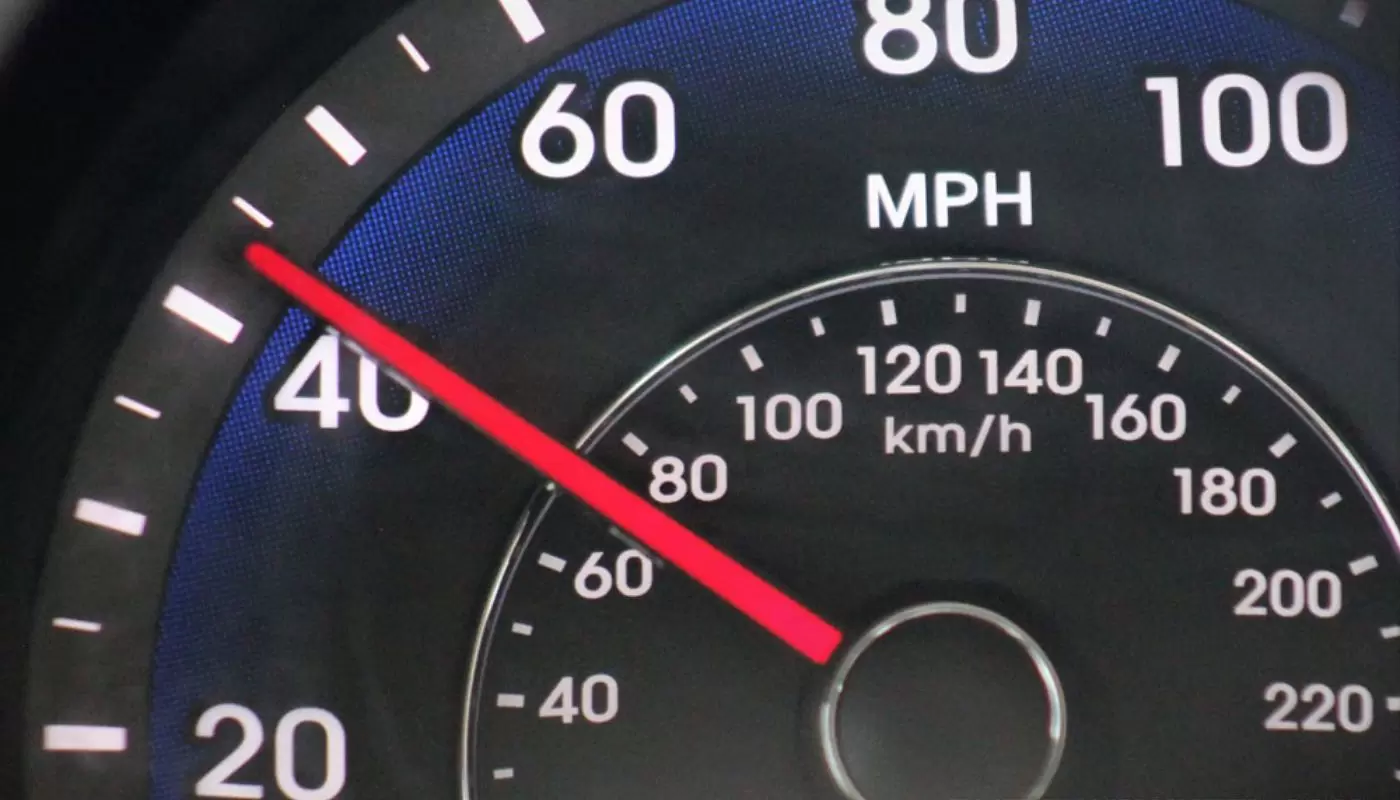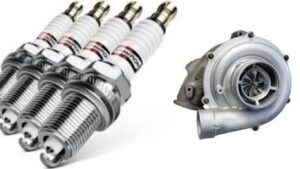In the world of used cars, knowledge is power. For savvy buyers looking to snag a great deal on a pre-owned vehicle, understanding how to spot a car with odometer rollback is crucial. This deceptive practice can leave you with a lemon and a hefty financial burden. Let’s dive into the nitty-gritty of odometer fraud and arm you with the tools to protect yourself from this all-too-common scam.
Understanding Odometer Fraud: The Silent Scourge of the Used Car Market
Odometer rollback, also known as “clocking” in some circles, is a fraudulent practice where the mileage displayed on a car’s odometer is tampered with to show a lower number. This illegal activity can significantly inflate a vehicle’s value, leaving unsuspecting buyers with a car that’s much older and more worn than they bargained for.
Why do sellers engage in this deceptive dance? The answer is simple: money. A car with lower mileage commands a higher price, and unscrupulous sellers are all too willing to exploit this fact. For instance, rolling back an odometer by just 50,000 miles can increase a car’s value by thousands of dollars.
But the consequences of this fraud extend far beyond your wallet. Odometer tampering is illegal in the United States and many other countries, including Australia. It’s not just a civil matter; it’s a criminal offense that can result in hefty fines and even jail time for the perpetrators.
Red Flags: Telltale Signs of Odometer Tampering
Spotting a car with a rolled-back odometer isn’t always easy, but there are several red flags that savvy buyers should look out for:
- Misaligned Numbers: On mechanical odometers, the numbers should line up perfectly. If they’re crooked or misaligned, it could be a sign of tampering.
- Wear and Tear Inconsistencies: A car with supposedly low mileage should show minimal wear. If you see excessive wear on the pedals, steering wheel, or driver’s seat, be suspicious.
- Age vs. Mileage Mismatch: The average car in the U.S. is driven about 13,500 miles per year. If a 10-year-old car shows only 50,000 miles on the odometer, that’s a potential red flag.
- Conflicting Documentation: Service records or vehicle history reports that show higher mileage than what’s on the odometer are clear indicators of fraud.
- Loose or Scratched Dash: If the dashboard appears to have been tampered with, it could be a sign that someone accessed the odometer.
Digital Detectives: Leveraging Technology to Uncover Rollbacks

In this digital age, technology can be your best ally in spotting odometer fraud. Here are some tech-savvy ways to verify a car’s true mileage:
Vehicle History Reports
Services like Carfax or AutoCheck can provide a comprehensive history of the vehicle, including reported mileage at various points in its life. These reports can quickly reveal discrepancies that might indicate odometer rollback.
OBD-II Scanners
For cars manufactured after 1996, On-Board Diagnostic (OBD-II) scanners can read the car’s computer and reveal inconsistencies between the reported mileage and the actual miles driven.
Smartphone Apps
Several apps are designed to help buyers verify vehicle mileage. These apps often work by accessing vehicle databases or allowing you to log and track a car’s reported mileage over time.
Read As: HOW TO SURVIVE CRAIGSLIST CARS AND TRUCKS FOR SALE BY OWNER
The Physical Inspection: A Hands-On Approach to Fraud Detection
While digital tools are invaluable, there’s no substitute for a thorough physical inspection. Here’s what to look for:
Odometer Examination
- Check for signs of tampering, such as scratch marks around the odometer
- Ensure all digits are aligned and the same font
- Look for “stepping” in mechanical odometers, where numbers don’t quite line up
Wear and Tear Assessment
| Component | Low Mileage | High Mileage |
| Pedals | Minimal wear, rubber intact | Worn rubber, shiny metal exposed |
| Steering Wheel | Smooth, no visible wear | Shiny or worn spots, especially at 10 and 2 o’clock positions |
| Driver’s Seat | Firm cushioning, minimal creases | Sagging, cracked leather or worn fabric |
Tire Inspection
- Check the date code on the tires (found on the sidewall)
- Compare tire wear to the reported mileage
- Look for uneven wear, which could indicate poor maintenance or alignment issues
Maintenance Stickers
- Check for oil change stickers or service records in the glove box or on the windshield
- Compare the mileage on these stickers to the current odometer reading
The Paper Trail: Documents That Can Reveal Fraud

A car’s history is often written in its paperwork. Here’s what to look for:
- Service Records: Regular maintenance should create a clear mileage progression. Any jumps or inconsistencies are red flags.
- Title History: Multiple title transfers in a short period could indicate attempts to hide the car’s true history.
- Registration Documents: Compare mileage figures from previous registrations to the current odometer reading.
- Inspection Reports: Many states require annual vehicle inspections, which record mileage.
Case Study: The $50,000 Mistake
In 2018, a buyer in Texas purchased a “low-mileage” luxury SUV for $50,000. After experiencing multiple mechanical issues, he discovered through a detailed vehicle history report that the odometer had been rolled back by over 100,000 miles. The car’s true value was less than half what he paid, leaving him with significant financial losses and legal battles.
When to Bring in the Pros: The Value of Expert Inspections
Sometimes, it pays to call in the cavalry. A professional pre-purchase inspection can catch signs of odometer rollback that the average buyer might miss. Here’s why it’s worth considering:
- Comprehensive Check: Mechanics can perform detailed inspections of components that typically show age-related wear.
- Technical Expertise: They can spot inconsistencies between the car’s condition and its reported mileage.
- Peace of Mind: The cost of an inspection (usually $100-$200) is a small price to pay compared to the potential financial hit of buying a fraudulent vehicle.
Legal Recourse: What to Do If You’ve Been Scammed

If you suspect you’ve fallen victim to odometer fraud, don’t panic. You have options:
- Document Everything: Gather all paperwork related to the purchase and any evidence of the true mileage.
- Contact Authorities: Report the fraud to your local consumer protection office and the National Highway Traffic Safety Administration (NHTSA).
- Seek Legal Advice: Consider consulting with an attorney specializing in consumer protection or automotive fraud.
- File a Lawsuit: You may be entitled to compensation for damages, including the difference in the car’s value and any repair costs.
Read As Also: What You Should Know About 0% Car Loans
Prevention: Your Best Defense Against Odometer Fraud
As with many things in life, prevention is better than cure when it comes to odometer fraud. Here are some tips to protect yourself:
- Do Your Homework: Research the make and model you’re interested in, including common issues and expected mileage for its age.
- Use Multiple Verification Methods: Don’t rely on just one source of information. Combine vehicle history reports, physical inspections, and professional assessments.
- Trust Your Instincts: If a deal seems too good to be true, it probably is.
- Be Wary of Private Sellers: While not all private sellers are dishonest, dealerships are subject to more regulations and may offer more protections.
- Get Everything in Writing: Ensure all promises and claims about the vehicle’s condition and history are documented.
The Global Perspective: Odometer Fraud Beyond U.S. Borders
While we’ve focused primarily on the United States, odometer fraud is a global issue. In Australia, for example, the practice is equally illegal and can result in severe penalties. The Australian Consumer Law provides protections similar to those in the U.S., but the specifics may vary.
Fun Fact: In Australia, odometer readings are often recorded in kilometers rather than miles. One kilometer is approximately 0.62 miles, so be sure to convert if you’re comparing figures from different countries!
The Financial Impact: Beyond the Purchase Price

The true cost of odometer fraud extends far beyond the initial purchase price. Consider these potential financial implications:
- Increased Maintenance Costs: A car with hidden mileage may require more frequent and expensive repairs.
- Higher Insurance Premiums: If your car is discovered to have a higher actual mileage, your insurance costs could increase.
- Decreased Resale Value: When you try to sell the car, its true mileage may be revealed, significantly reducing its value.
- Loan Complications: If you financed the car based on its fraudulent value, you might end up owing more than the car is worth.
Conclusion.
Stay Savvy, Stay Safe
Odometer rollback is a serious issue that can have significant financial and legal consequences for unsuspecting buyers. By arming yourself with knowledge and using the tools available to you, you can protect yourself from this common scam.
Remember:
- Always thoroughly inspect any used car you’re considering
- Utilize technology and professional services to verify mileage
- Pay attention to wear and tear inconsistencies
- Don’t rush into a purchase, no matter how good the deal seems
By staying vigilant and informed, you can navigate the used car market with confidence and drive away with a vehicle that’s truly worth your hard-earned money.
FAQs.
- Can digital odometers be rolled back?
Yes, while it’s more challenging than with mechanical odometers, digital odometers can be tampered with using specialized software.
- How common is odometer fraud in the U.S.?
The NHTSA estimates that more than 450,000 vehicles are sold each year with false odometer readings, resulting in billions of dollars in losses to American car buyers.
- Are there legitimate reasons for odometer discrepancies?
Occasionally, yes. For example, if an odometer is replaced due to malfunction, the mileage may not match. However, this should be clearly documented.
- What’s the average lifespan of a car in miles?
Modern cars can often last 200,000 miles or more with proper maintenance.
- How does odometer rollback affect car loans?
Odometer rollback can lead to overvaluation of the vehicle, potentially resulting in a larger loan than the car is worth.

Marathi author Anju Mary has made a mark in the literary world with her innovative storytelling and deep passion for reading. Her unique narrative style and creative approach offer readers a distinctive and enriching experience, solidifying her reputation as a prominent writer.











